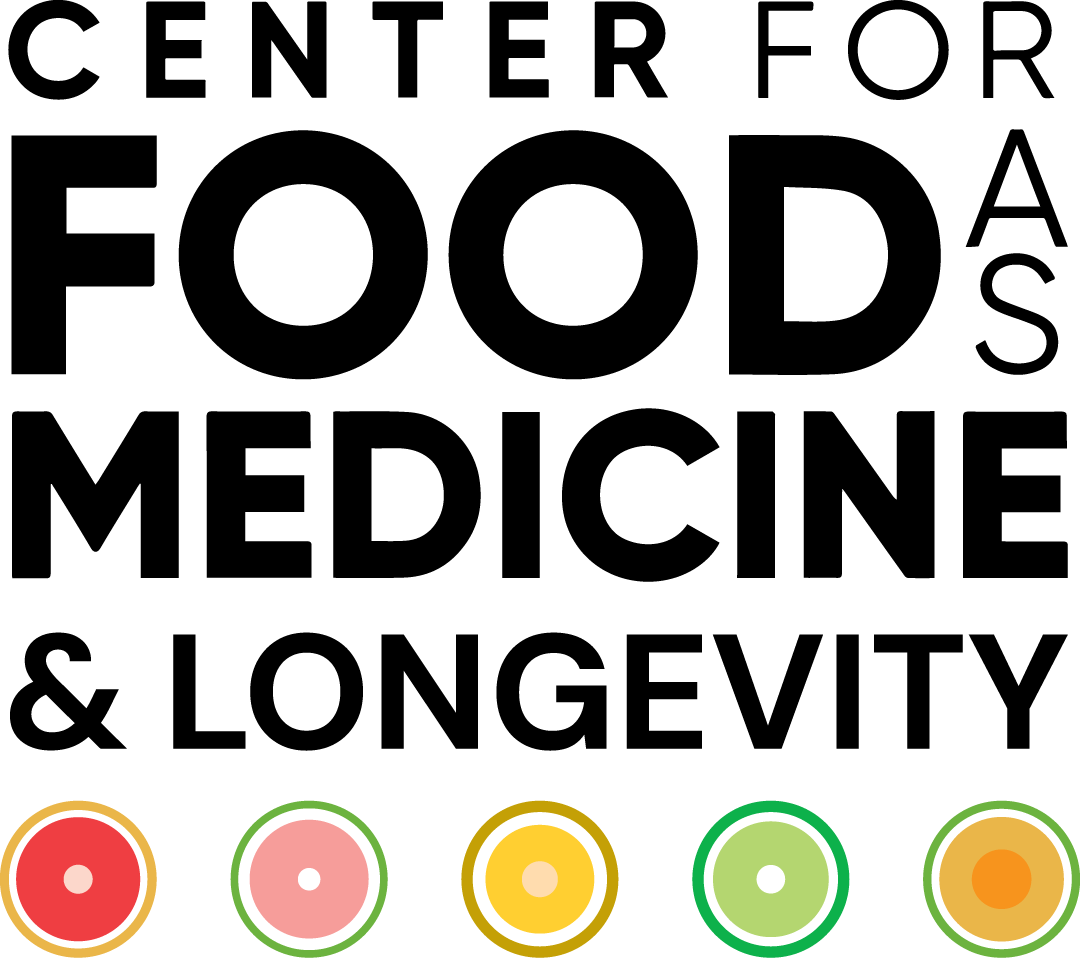“In the space between chaos and shape there was another chance.”
― Jeanette Winterson, The World and Other Places: Stories
Like the metaphorical frog in cold water that is slowly heated, we have sat passively—and, for the most part, silently—as our food and food pathways have continued to change in character and content over the last century or so. And a recent study suggests that the rate of change is increasing.
The number of food additives in the US has been increasing, with more than 60 percent of foods purchased and consumed by the average American containing industrial food additives such as coloring compounds, flavoring agents, preservatives, and nonnutritive sweeteners. This represents an increase of roughly 10 percent in just the last two decades. Not only has the number of foods with these additives increased, but the number of additives themselves has increased from an average of 3.7 per product in 2001 to 4.5 in 2019. These additives are characteristic of ultra-processed foods (UPFs) and are often referred to under the label of Markers of Ultra-Processing (MUPs). This phenomenon is concerning due to the largely unknown health consequences of food additives, which are particularly poorly understood concerning their interactions in combination.
Another recent paper observed, “Over 10,000 chemicals and additives are allowed in food in the US, and approximately 99% of these were introduced after 2000, being approved only by the food and chemical industry, but not by the Food and Drug Administration [FDA].”[1] Among those foods that showed the most significant increase in additives were baby foods, with a greater than 15 percent increase in products containing three or more additives. Baby foods were also among the products that showed the most significant increase in sales, with an approximate 20 percent increase in purchases. There is increasing evidence linking the number of food additives consumed to an increasing risk of disability and disease,[2] possibly through disruption of the gut microbiota.[3] Such considerations are often absent in contemporary assessments regarding what we eat and the state of our health.
- The study sought to identify the “proportion of products purchased by US households containing four common technical food additives using time-specific food composition data and examine whether purchases have changed over time.”
- The data was derived from the Nielsen Homescan Consumer Panels for the years 2001 and 2019.
The Take-Away:
- According to data, the proportion of foods purchased by Americans containing additives increased from 49.6 percent to 59.5 percent between 2001 and 2019.
- During the same time period, the proportion of carbonated soft drinks containing flavoring agents decreased; however, the number of products purchased containing nonnutritive sweeteners (NNS) increased.
- Baby foods were among the items with the most significant percentage increase in purchases (roughly 20 percent),and among the products with the most significant increases of items with three or more additives (approximately 15 percent).
- Frozen entrées, appetizers, and pizza (including those labeled vegan and vegetarian) were the subcategory with the highest mean number of additives in both 2001 and 2019. In 2019, this subcategory included an average of 10.5 additives per product.
The Caveat:
The study examined purchase data; therefore, there is a caveat in extrapolating this to consumption data. In addition, these were household purchases; thus, it is impossible to assign and quantify their consumption to specific individuals. Additionally, the database used, Homescan, does not include bulk items or other items without barcodes; thus, foods and beverages without a barcode or a Nutrition Facts Panel were excluded (e.g., unpackaged fresh fruits and vegetables, fresh meats, and loose bread and bakery products without a barcode). Despite that limitation, these findings agree with other studies worldwide, such as those that found 54 percent of packaged foods and beverages in France and 65 percent in Australia contained at least one industrial additive.
Increasingly, these additives are proving to be anything but benign. A different study specifically examined the effects of three of the most common food additives used as preservatives: sodium metabisulfite, sodium benzoate, and sodium nitrite.[4] These compounds were studied in monkey and human cell lines. All three of these additives were cytotoxic and induced cell changes, such as a loss of cell adhesion, membrane contraction, and cell fragmentation.
As the number of MUPs consumed and their overall pervasiveness rise, it behooves us to engage in ever-increasing self-awareness, lest we, like the proverbial frog, be boiled unaware in a gumbo of our own design.
[1] (Gherghel, 2024)
[2] (Trasande, 2018)
[3] (Rinninella, 2020)
[4] (Gherghel, 2024)

